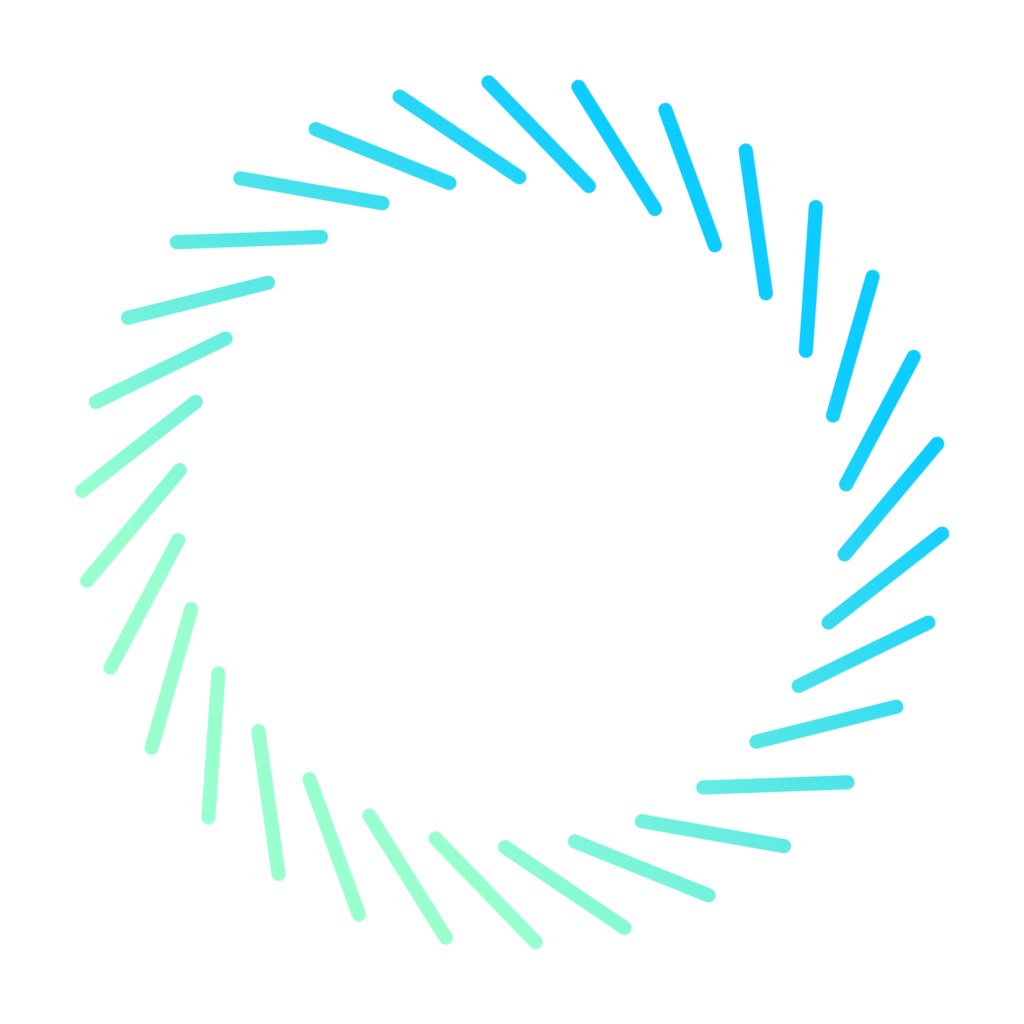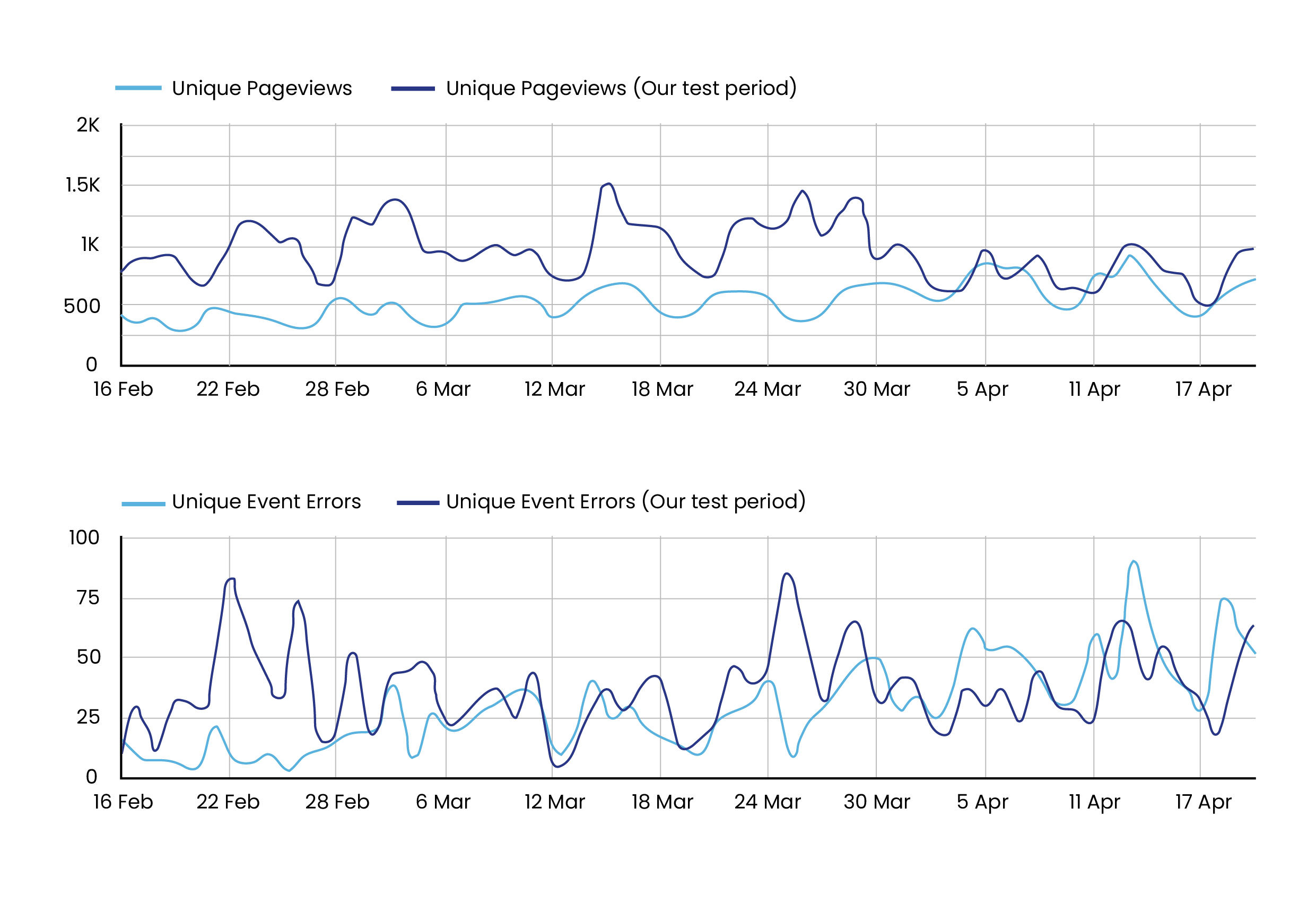
![]() Case Study
Case Study
Towards the start of the pandemic, one of the UK’s largest student accommodation providers approached the Conversion Optimisation Team (CRO) team at Search Laboratory for help optimising the onsite user experience. The goal was to increase the website’s existing conversion rate by optimising on-site performance.
At Search Laboratory, understanding the user is the foundation to our experimentation framework. We conducted a detailed investigation into the existing website performance to gather qualitative and quantitative insights. This allowed us to begin prioritising areas of the website requiring more immediate attention and scope out any areas of opportunity for experimentation.
To achieve this, we used Google Analytics 360 and Hotjar and built a client-specific prioritisation framework. Key insights from our research identified that visitors often had no direct reason to take action on that visit and we identified an opportunity to add persuasive information to product pages, encouraging visitors to convert.

The processes we used to optimise the client’s website slot into three groups:

To merchandise the client’s site, we synced up with the client’s campaign planning and introduced a more effective mode of persuading visitors to take action.
One of the methods we used with significant effect was the introduction of urgency and more prominent display of the unique campaign proposition using Google Optimize 360.
We did this in two ways, the first was the introduction of a sitewide notification banner at the top of the site and the second was displaying the remaining amount of time before the campaign ended. These changes significantly improved the performance of the website.
As part of our research, user testing helped reveal customer hesitation at particularly pivotal points on the journey to conversion. These insights contributed significantly to unlocking the winning experiments that led to successful increases in conversion.
During the experiment, our changes increased the number of visitors starting the booking process because we directly addressed the visitor’s concerns about making a booking. We added three small badges detailing distinct features of each room, making it easy for viewers to understand what is included in the price.
The last part of our research process identified areas within the booking process that were causing friction for each visitor. To uncover this, we conducted an in-depth analysis that required events to be set up that monitor different types of responses from the website. A bespoke report using Google Looker Studio was created to track and watch how frequently events occurred.

(Report that tracked errors in the booking process)
Implementing these changes to the client’s strategy led to significant improvements in performance across the board.
By merchandising the website more effectively, running experiments and fixing bugs found in the user experience, we significantly impacted the performance of the client’s website. We were able to exceed the client’s targets and provide several key insights they can now leverage moving forward.
“I’d happily recommend working with the CRO team at Search Laboratory. Excellent communication and flexibility have been vital to helping us achieve our ambitious targets, including increasing our conversion rate by 44%.”
Digital Content Manager, leading student accommodation provider
If you fill in our RFP template document and outline your business needs, our specialists will be able to see how they can help you.
Our request for proposal template is fully customisable meaning you can highlight the specific challenges, but also the business goals you want to achieve from a digital agency.
As well as providing important details about your company, our RFP template contains example questions which can be used as a guide when creating your own that need answering by our specialists.